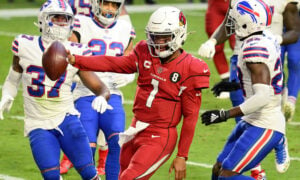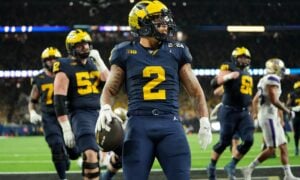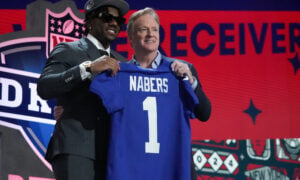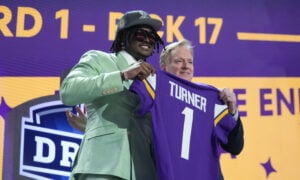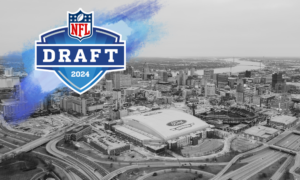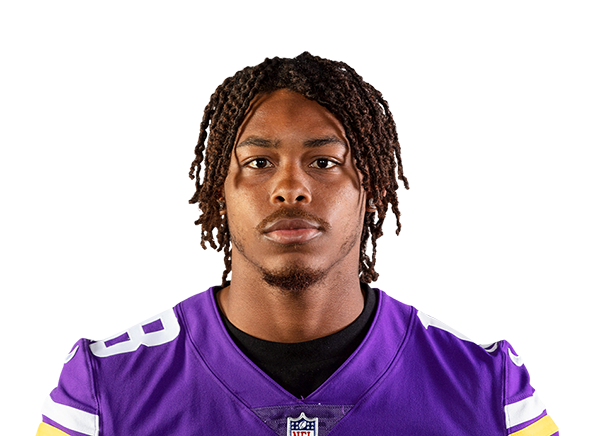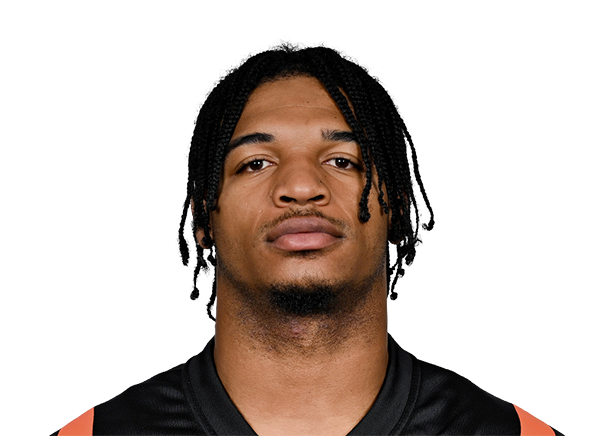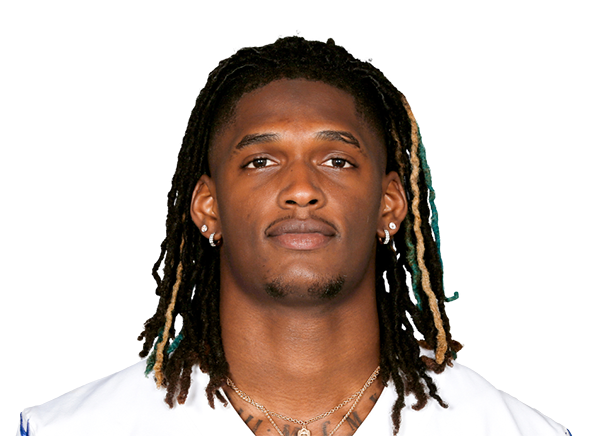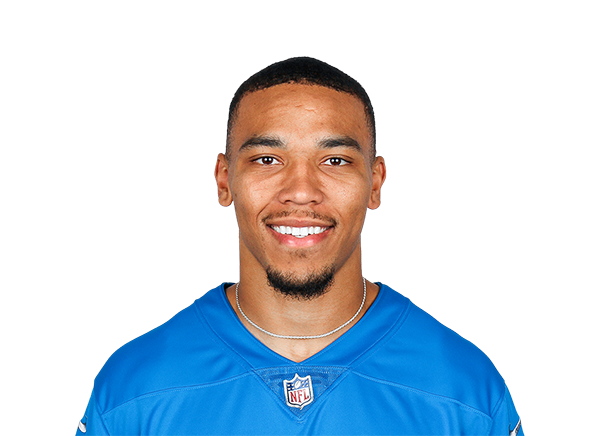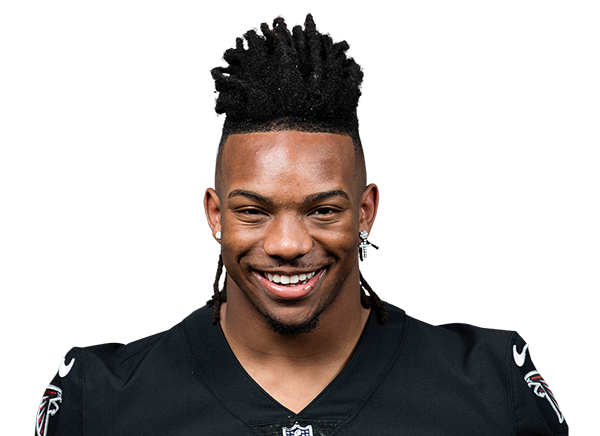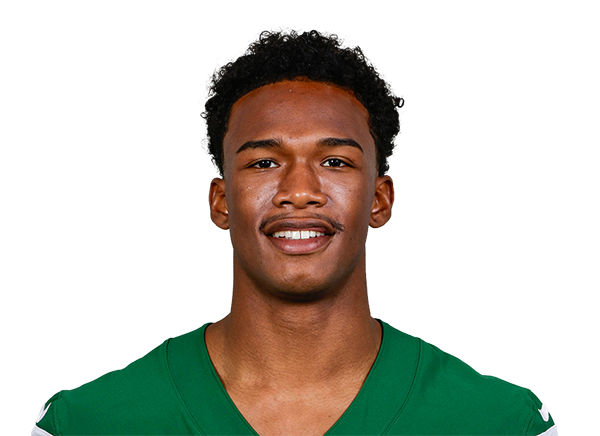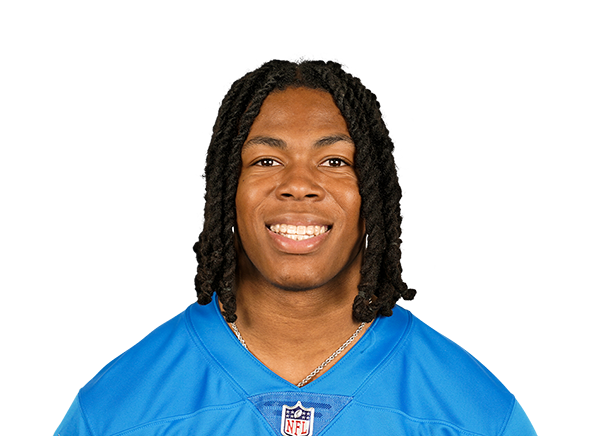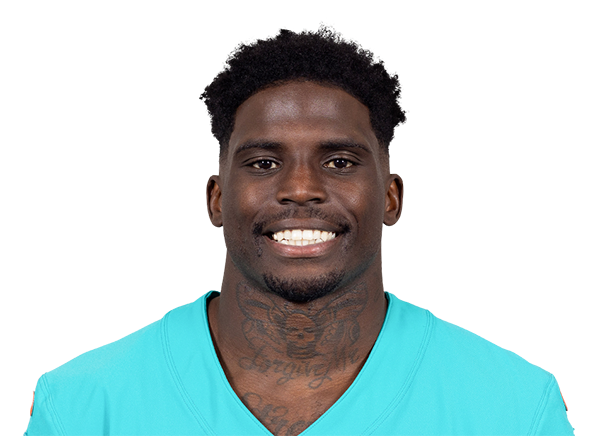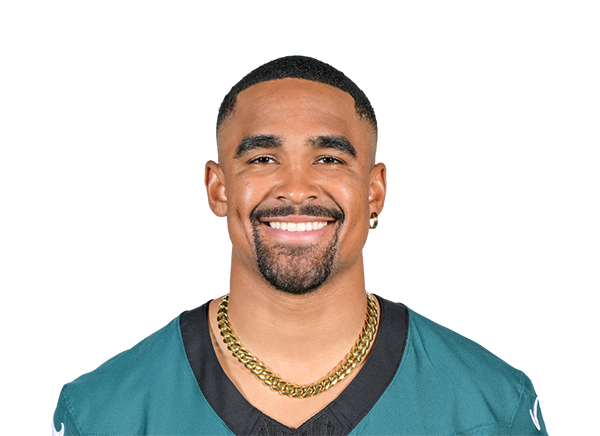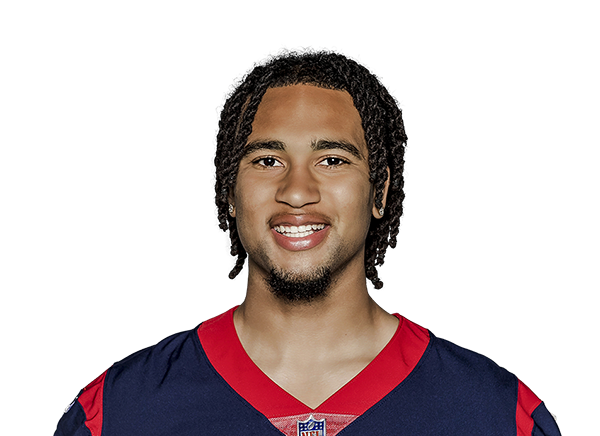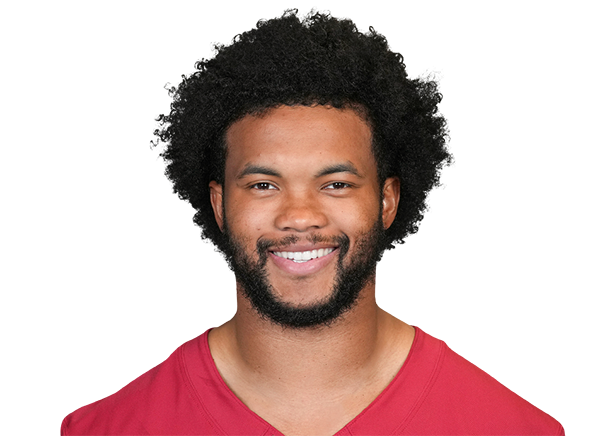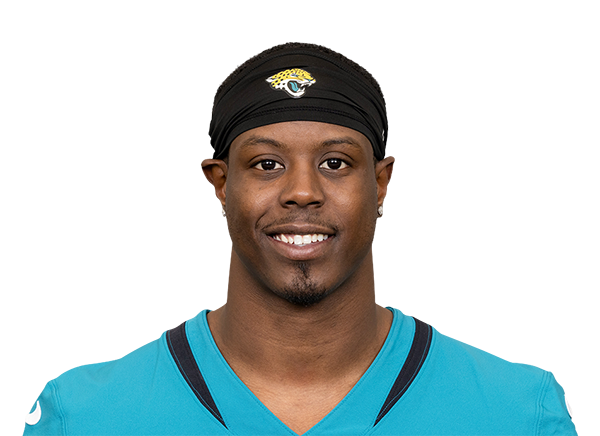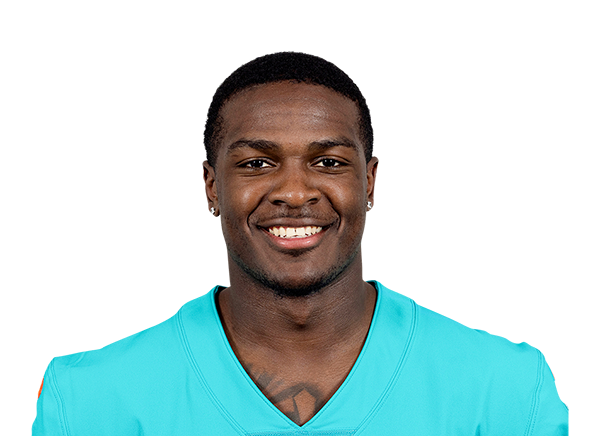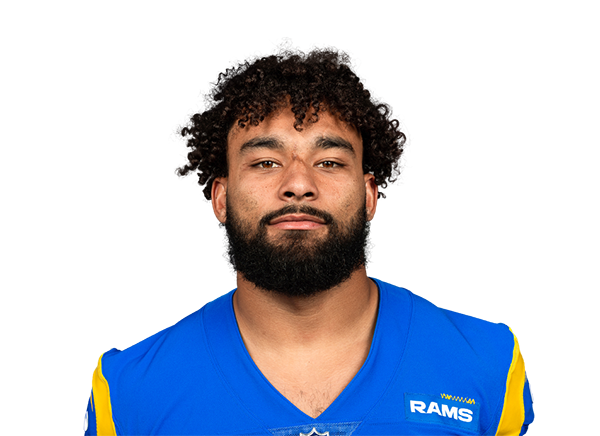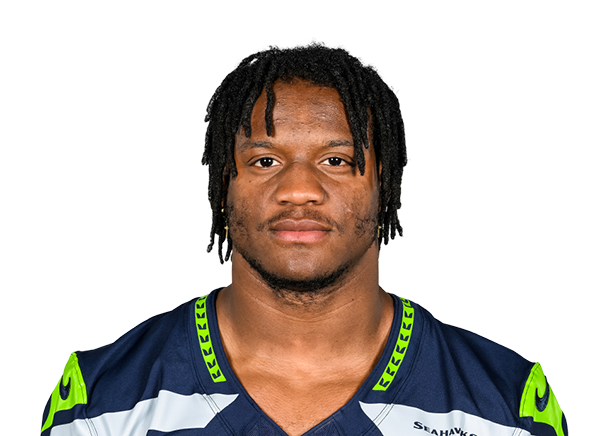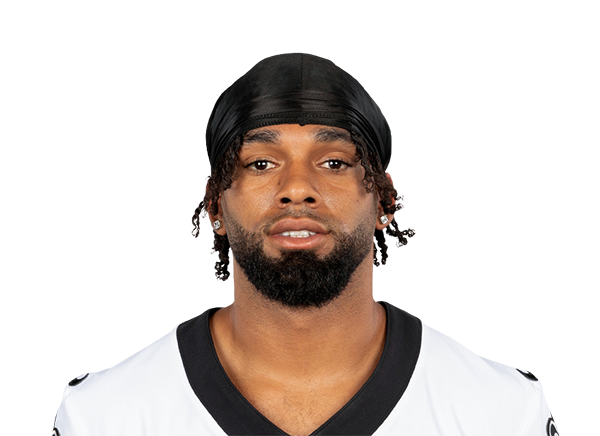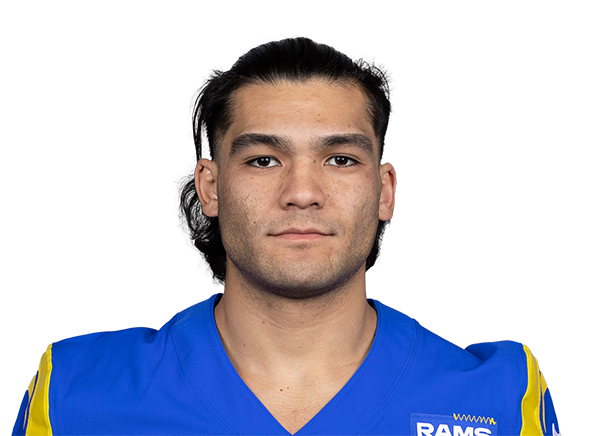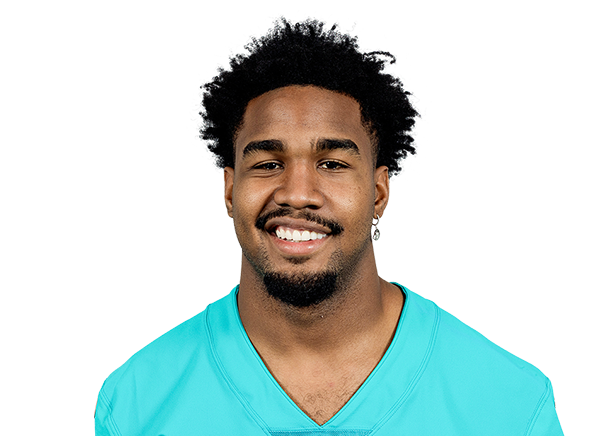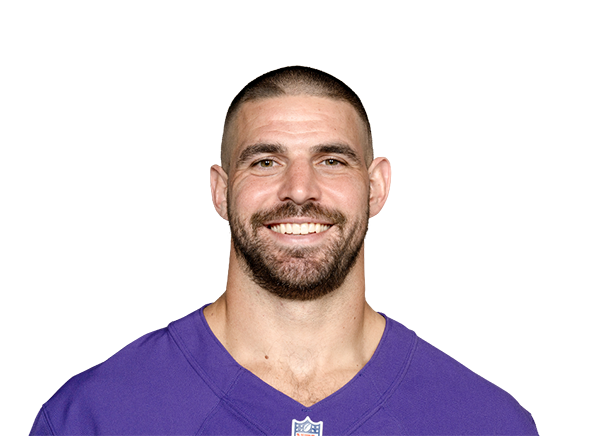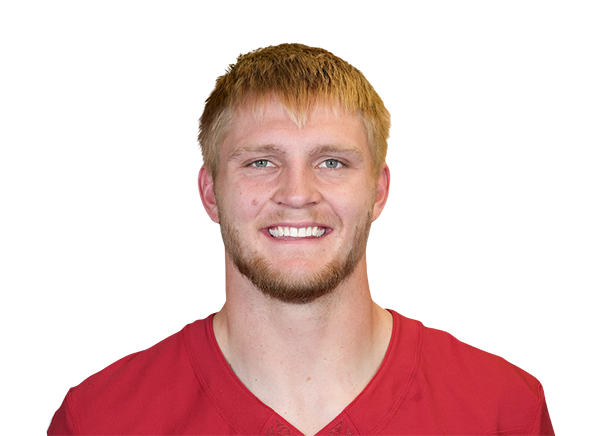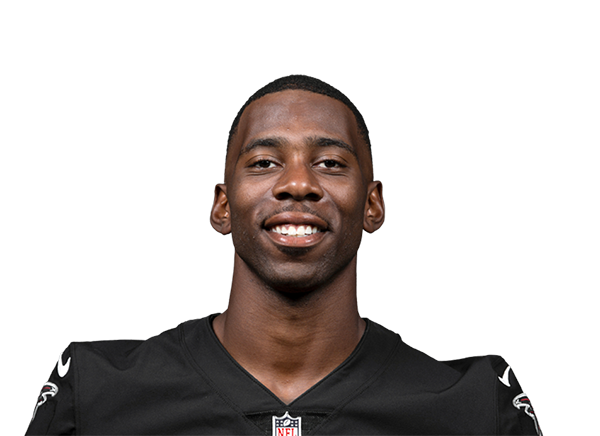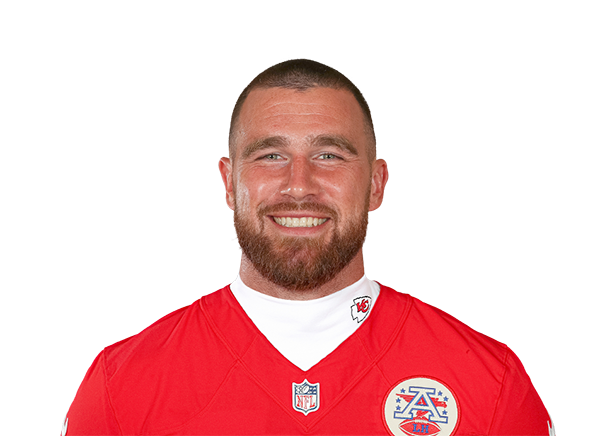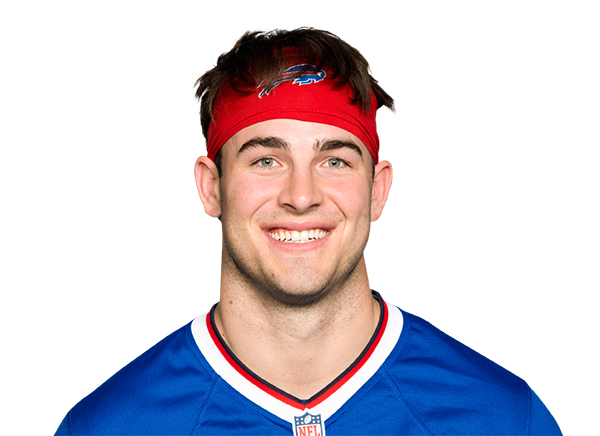January Dynasty ADP Risers and Fallers: Running Back
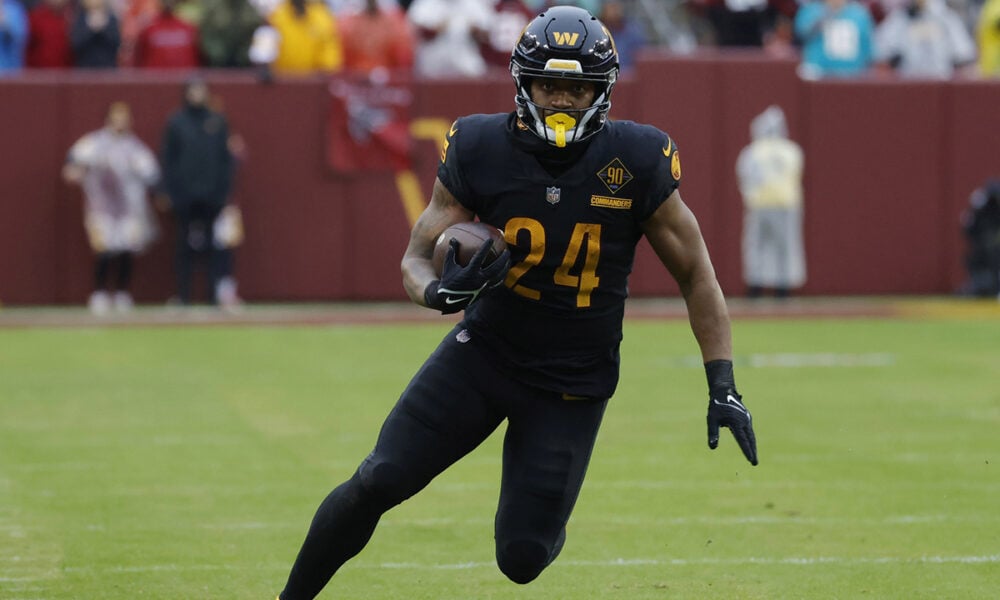
The first ADP update of the 2023 season is here. I am here to discuss each position and pick out risers or fallers who stand out. The articles will speculate on what to expect moving forward. This initial article will not have the 2023 rookies as they were not included in January 2023 ADP.
I will have additional articles as the off-season progresses with updated ADP. For now, let’s look at January’s (2023) ADP. The ADP was from 1QB mock drafts. This article will focus on running backs.
Introduction
When a startup draft kicks off, you will have to implement a strategy. There are multiple strategies to choose from. To keep it simple, we can work off the premise of having a win-now or first-year punt strategy. There is no right or wrong strategy. The goal is to win championships, not necessarily hoard young talent.
If you want to win now, then you draft the aging players. If you want the first-year punt then you draft younger, hopefully proven, players to build around.
Running Backs
There are a handful of running backs who are true difference-makers for your team. If you play in a PPR league, then Christian McCaffrey and Austin Ekeler are gold. You may play in a PPC (point per carry) league where Derrick Henry is gold. Durability is a major advantage for running backs. Injuries happen, it is a part of the game. This likely is why players may favor wide receivers because of the perceived shelf-life.
Here is January’s (2023) ADP for running backs:
SUBSCRIBE TO DLF PREMIUM!
Gain Instant Access to this resource and so much more!.
Premium membership provides access to all of our industry-leading dynasty fantasy football content.
You can also get a DLF Premium Membership for FREE! Find out how.
Want more info about DLF Premium? Find out more
Have questions or need some help? Contact Us
Already a DLF Premium Member? Log in now!





